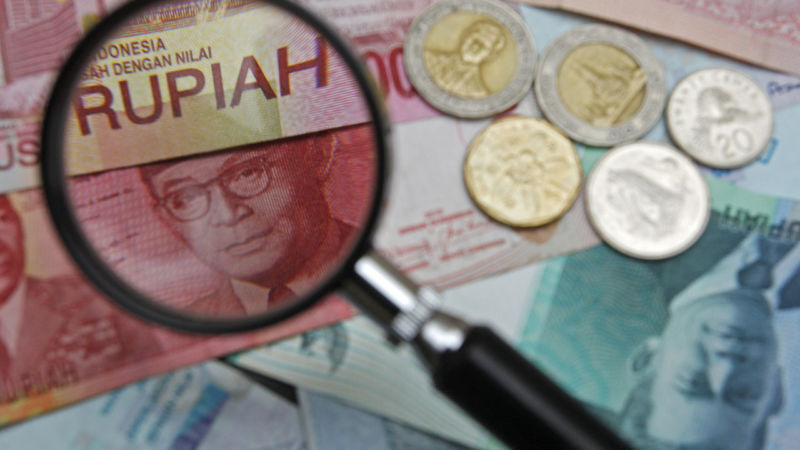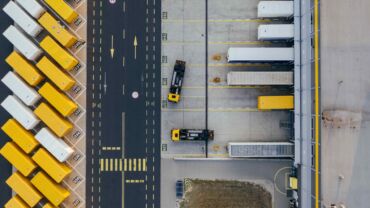The year 1992 became an historic event in the Southeast Asia region, namely because of the signing of the ASEAN Free Trade Agreement (AFTA) in the ASEAN Summit in Singapore by 6 (six) founding members: Indonesia, Malaysia, Singapore, Philippines, Brunei Darussalam and Thailand.
The aim of AFTA was to create a single market and a world production base through the elimination of tariff and non-tariff constraints with the underlying goal of enhancing competitiveness with ASEAN countries[1]. For example, ASEAN is the production base of many electronics and automotive industries that export finished goods around the world (see graphic 1 and 2). Under ASEAN, the trade impact is an upward moving trend.
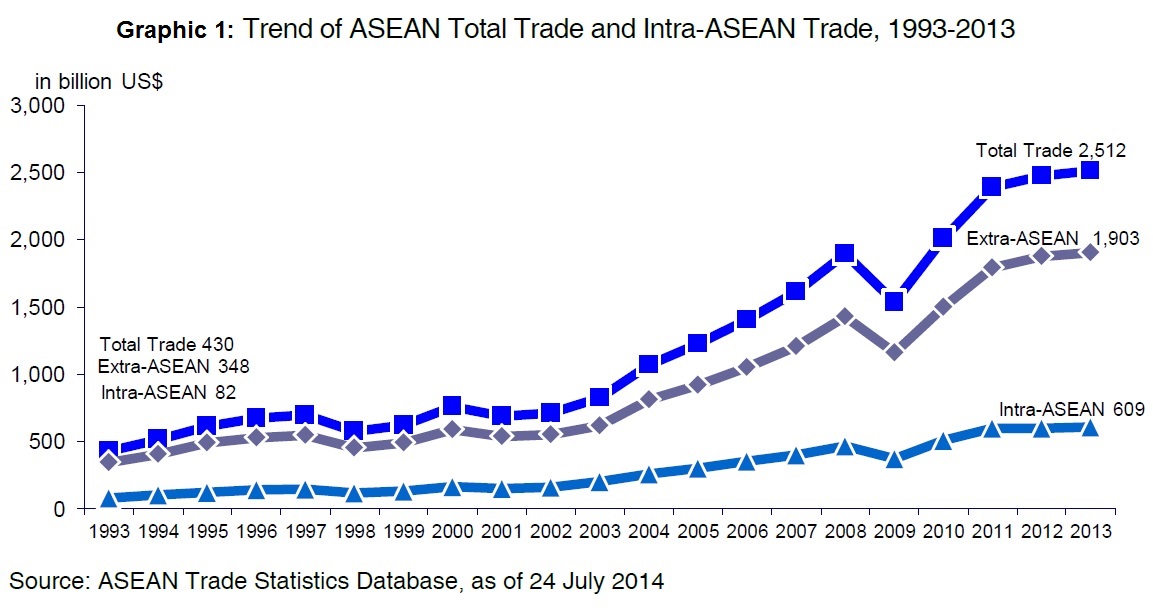
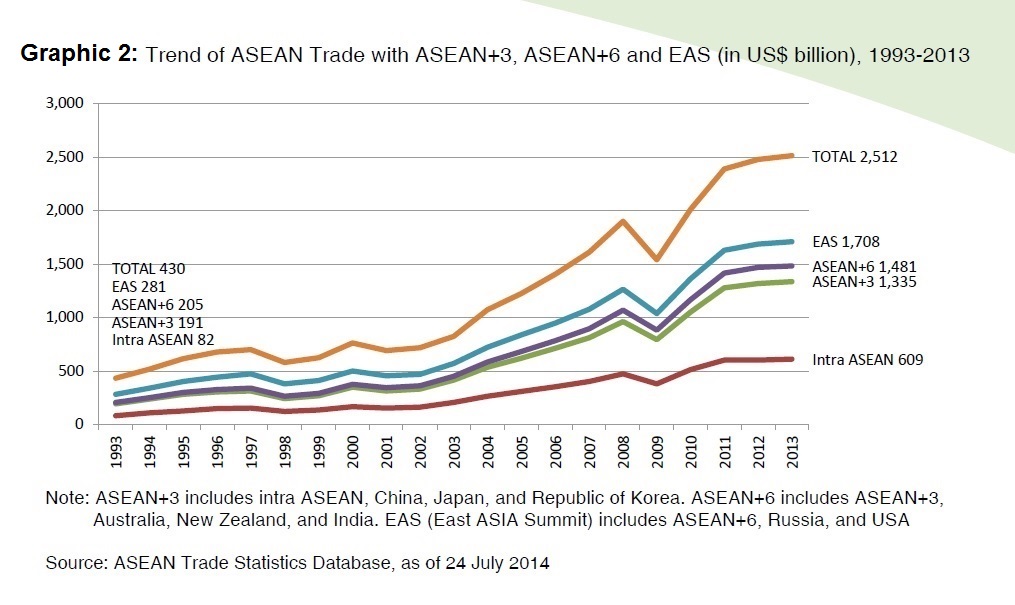
There are three pillars of the AFTA as agreed by the ASEAN leaders and they are interlinked with each other: ASEAN Economic Community (AEC), ASEAN Political-Security Community and ASEAN Socio-Cultural Community.
In 2003 in Bali, ASEAN leaders agreed to establish the ASEAN Economic Community (AEC) in 2020. Four years later, the aim was reaffirmed at a meeting in 2007 with an accelerated timeframe of 2015.
The ASEAN Economic Community will be implemented on December 31, 2015 with an underlying agenda of economic integration of ASEAN countries to eliminate or minimize the obstacles in economic activity across the region, in trade, goods and services, and investment.
The main purpose of the establishment of the AEC is to create:
- ASEAN as a single market and international production base with elements of a freer flow of goods, services, investment, educated labor and freer capital flows.
- EXAMPLE: People/corporations in ASEAN are free to bring capital to own or establish a new company within the ASEAN countries.
- ASEAN as a region with a high level of economic competitiveness including competition rules in the areas of consumer protection and intellectual property rights, components of infrastructure development, taxation, and e-commerce.
- EXAMPLE: The idea is to support the infrastructure with new modern air or sea ports, toll roads and highways, IT & communication infrastructures, etc. There will be clear regulations on tax (tax relief) and an encouragement to develop more e-commerce business, e-procurement for government needs, and on line trade.
- ASEAN as a region with equitable economic development for small and medium enterprises, and the initiative for ASEAN integration CMLV countries (Cambodia, Myanmar, Laos, and Vietnam)
- EXAMPLE: CMLV countries will be new members of the ASEAN. Currently, the economic powers of these CMLV countries are lower among the participants.
- ASEAN as a region fully integrated into the global economy with elements of an organized and integrated approach in economic relations outside the region, and increased participation in global production networks
The below table represents the progress of economic and living conditions under ASEAN from 2000 -2011:
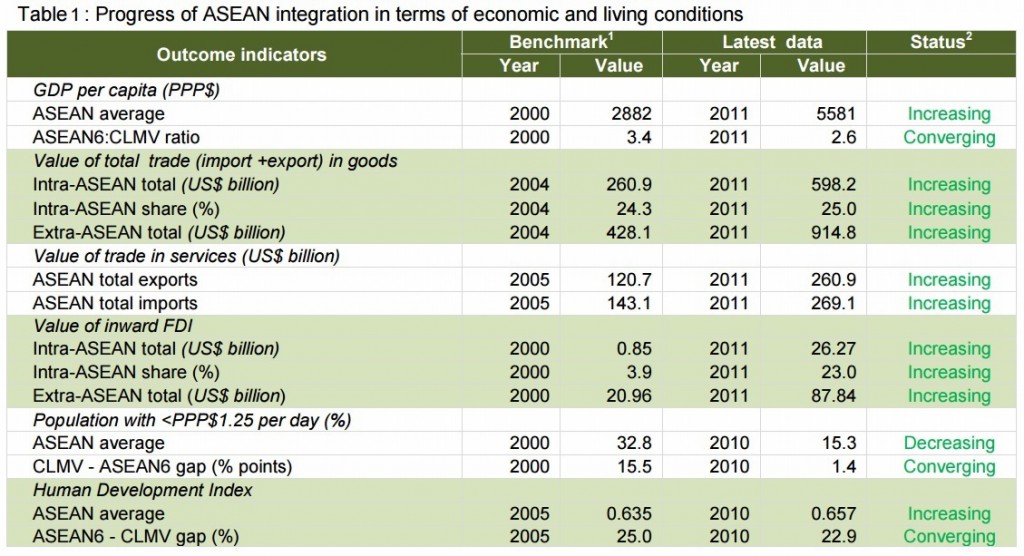
The AEC creates greater economic opportunities for Indonesia, specifically with the marketing of goods and services from Indonesia by expanding its reach to other ASEAN countries. Currently, market share in Indonesia is represented by 250 million people. In the AEC, the ASEAN market share of some 625 million people could be targeted by Indonesia providing the country with a greater opportunity to tap into a wider market.
Under the AEC, exports and imports will be processed cheaper with an additional benefit tied to labor from other countries in ASEAN, as these countries will be free to work in Indonesia and in contrast, Indonesian workers (TKI) will be free to work in other countries in the ASEAN.
The new government, under President Joko Widodo, has opened the door for foreign investors to invest mainly in infrastructure up to 5 years. Infrastructure development is a top priority of the current administration specifically in the areas of the construction of highways, ports, railways, irrigation and power generation.
As noted in the President’s speech on August 14, 2015, the government allocated toward an infrastructure development budget IDR 313.5 trillion for 2016; significantly higher than the budget allocation for infrastructure in the 2015 budget. In addition to the obvious opportunities, there are also barriers that Indonesia faces in entering the AEC, including:
- Quality of education remains low for labor, where until February 2014; there were 76.4 million people/ about 64 percent of the total 118 million workers in Indonesia, with junior high school or lower education.
- Availability and quality of infrastructure is still lacking thus affecting the smooth flow of goods and services. According to the Global Competitiveness Index (GCI) in 2014, the quality of Indonesia’s infrastructure is still lagging compared to Singapore, Malaysia, and Thailand.
- The industrial sector is fragile due to its dependence on imported raw materials and semi-finished products.
- Limited supply of energy to be supplied to industry. *This is a common issue in Indonesia in the form of targeted blackouts
- Import surges have weakened Indonesia with an influx of Chinese products. If the barriers are not addressed in the AEC, there is a fear these types of problems would be a threat to Indonesia.
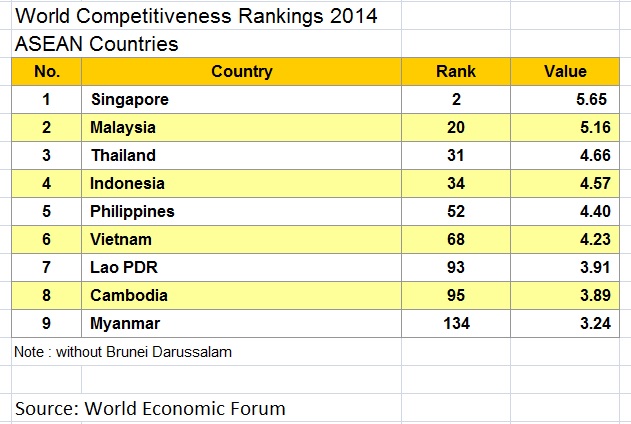
Indonesia potentially reaps the benefits of foreign investment as well as increased exports noted as an important driver of growth for the economy. Meanwhile, the World Bank estimates that the enforcement of AEC will Attract Foreign Direct Investment (FDI) in the range of 28 to 63 percent. Increased FDI is important for Indonesia to maintain economic growth especially when export performance declines. The potential for Indonesia is great as long as Indonesia is prepared to take advantage of the momentum.
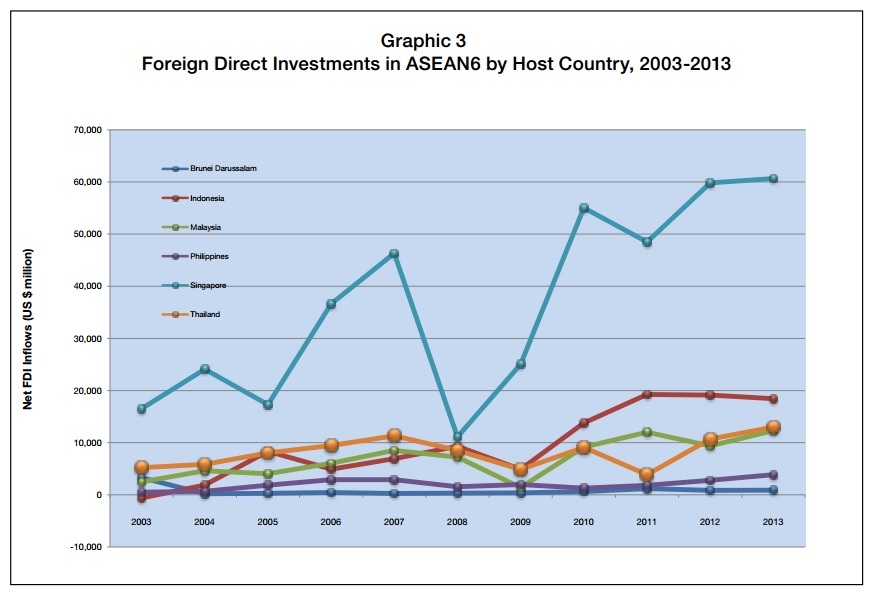
AEC 2015 poses to bring a very significant impact for the development of Indonesian businesses because it not only creates a free market for trade in goods and services, but also touches all the joints of other economies in the areas of employment, competition, and policies relevant to the development of Indonesia. AEC should not be viewed as a threat to the Indonesian business world because of increasing competition from ASEAN countries, but also as a golden opportunity because the removal of barriers and encouragement of investment from the ASEAN region.
Sources
http://www.asean.org/asean/asean-structure/asean-community-councils
http://www.asean.org/wp-content/uploads/images/archive/5187-10.pdf
http://www.asean.org/storage/images/2013/resources/statistics/statistical_publication/aseanstats_acpms_snapshot_r.pdf
http://reports.weforum.org/global-competitiveness-report-2014-2015/rankings/
http://www.bppk.kemenkeu.go.id/publikasi/artikel/150-artikel-keuangan-umum/20545-masyarakat-ekonomi-asean-AEC-dan-perekonomian-indonesia
http://www3.weforum.org/docs/WEF_GlobalCompetitivenessReport_2014-15.pdf
https://www.kemenkeu.go.id/en/publications/news/world-bank-mea-is-golden-opportunity-for-indonesia/
[1] ASEAN Economic Community (AEC) is a broader goal of AFTA, because it includes more than imports and exports by including labor, tourism and investment, through Foreign Direct Investments (FDIS) in the ASEAN region.
